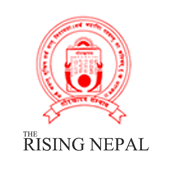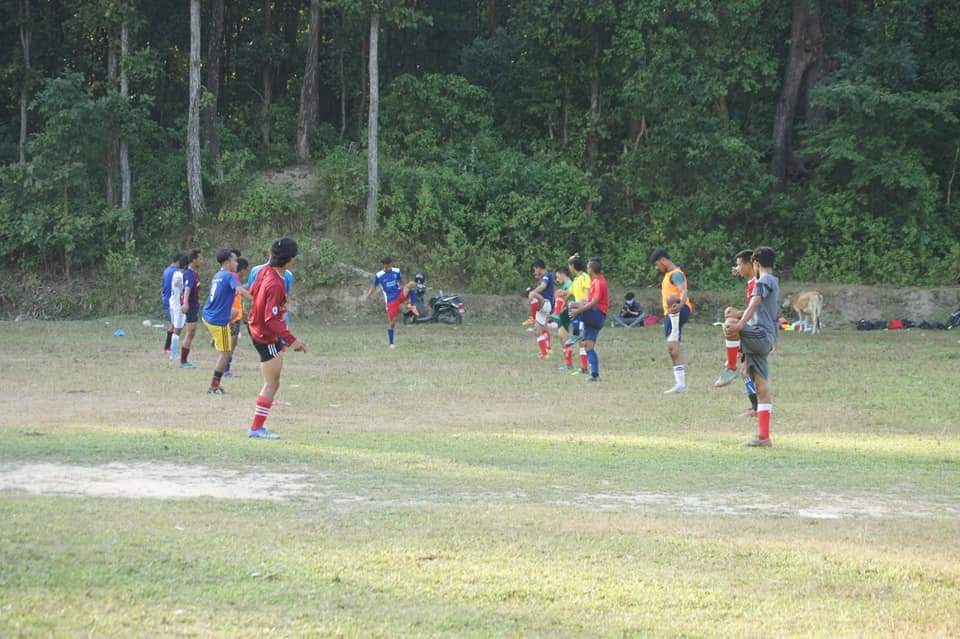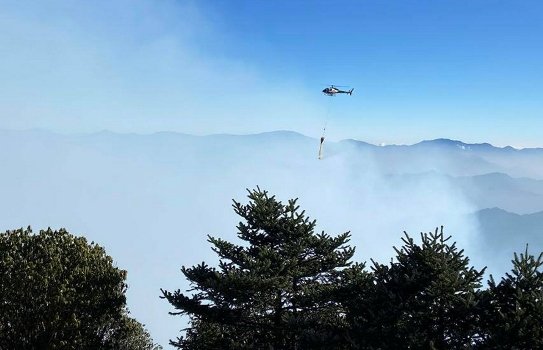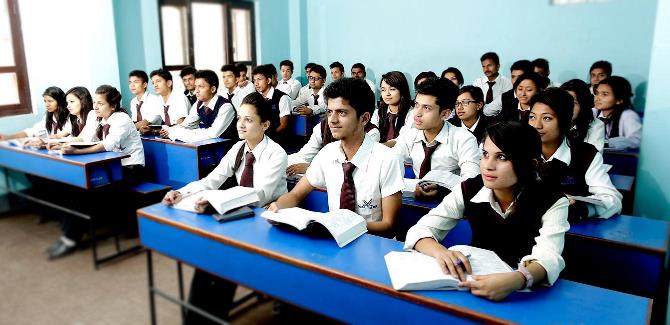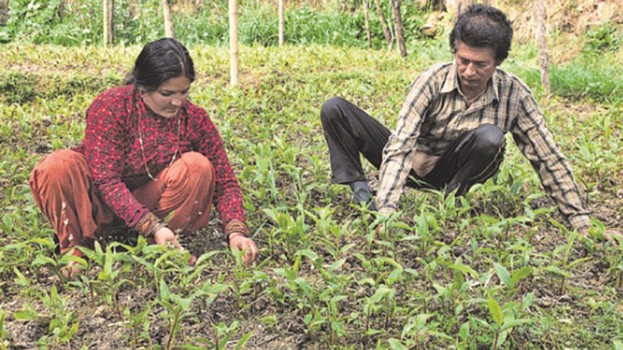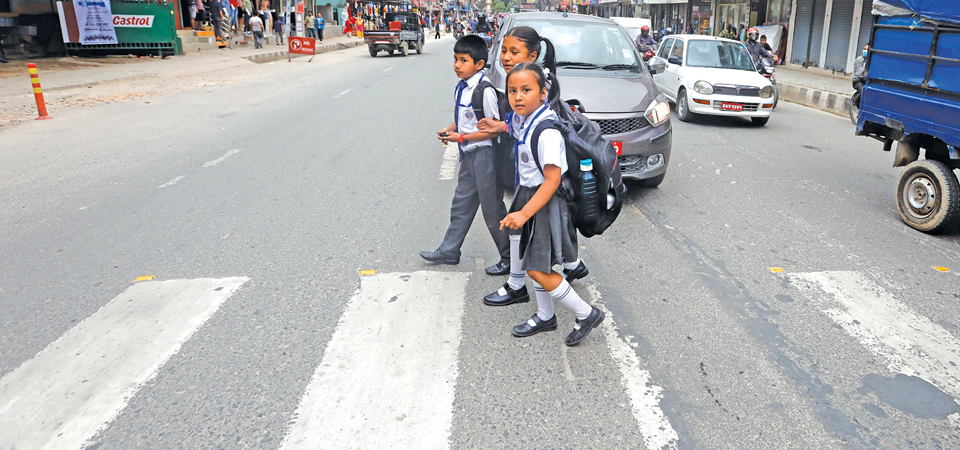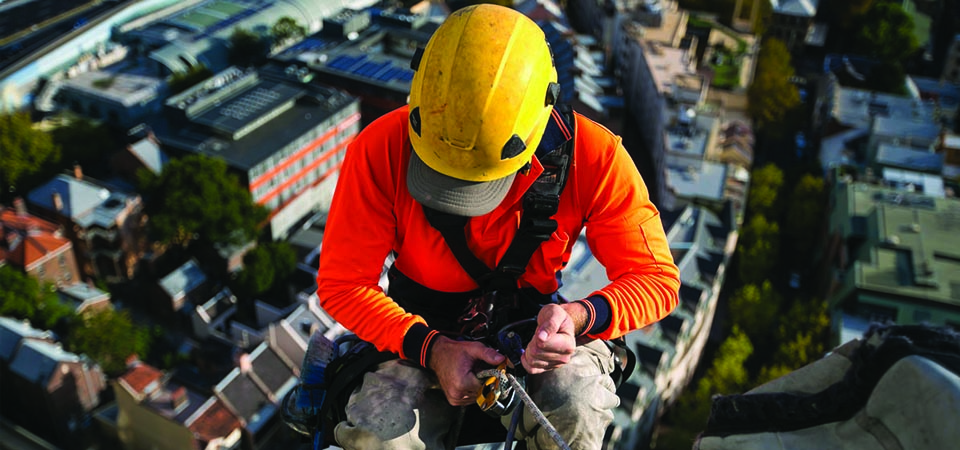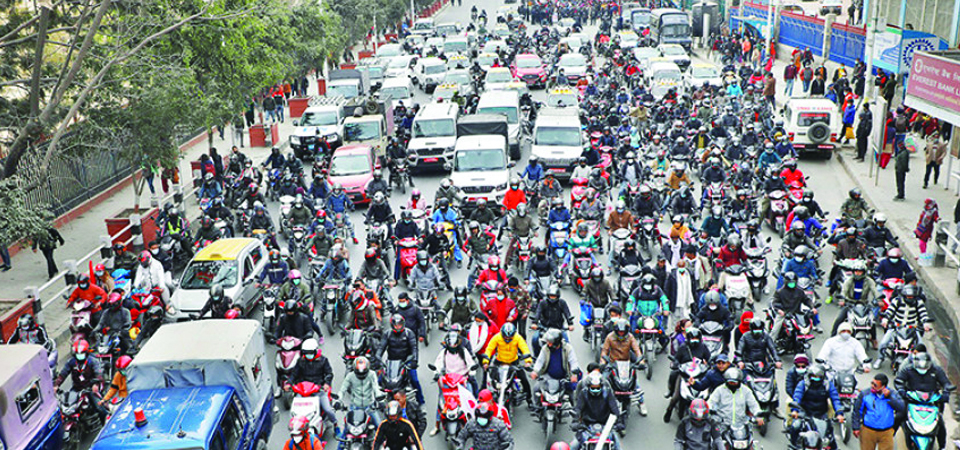Experts stress synchronisation among three tiers of government to contain virus
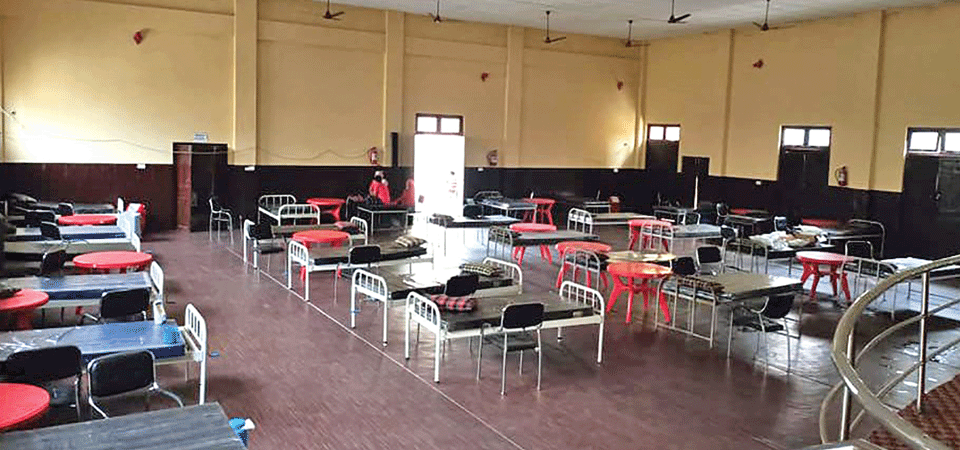
By Nayak Paudel
Kathmandu, May 9: The government has prioritised the expansion of isolation centers across the country. Authorities are also upgrading the health centres and managing oxygen for the critical cases of COVID-19.
According to the Ministry of Health and Population (MoHP), they have prioritised the setting up of isolation centres this time rather than quarantine centres like in the earlier phase of the pandemic.
During the first wave, returnees were kept in 14-day quarantine for which the government had set up facilities capable of holding around 100,000 individuals.
In medical terms, isolation centre separates sick people with a contagious disease from those who are not sick while quarantine separates and restricts the movement of people who are exposed to a contagious disease to see if they become sick.
“Quarantine is needed for those who mostly came from abroad as they need to be isolated until we find whether s/he is infected or not. Recently, Nepali returnees from India, who are found suspicious of infection by health desks, are kept in a different ward of isolation centres until their report arrives,” said Dr. Jageshwor Gautam, MoHP spokesperson.
In the case of those entering Nepal via the Tribhuvan International Airport, they are first required to stay in hotel quarantines and have their swab samples sent for testing. In case anyone tests positive, the individual is kept in isolation centers.
The government has recently directed establishment of at least 1,000-bed isolation centres in each province; the Nepal Army is trying to complete the establishment of the centres at the earliest, informed MoHP officials.
The ministry also informed that there are around 6,000 people in institutional isolation and more beds are on standby. Likewise, more are being established.
Similarly, local levels have also been setting up their own isolation centres. Harion Municipality of Sarlahi has established its own 100-bed isolation centre. “We saw how COVID-19 positive individuals in home isolation require medical treatment immediately due to sudden depletion in oxygen level. The isolation centre will be used to shelter COVID-19 positive individuals. We have medical professionals and oxygen facilities to provide instant treatment for those whose health turns worse,” said Ganesh Prasad Prasai, Mayor of Harion.
The local level also has managed 24/7 ambulance service to transport the virus-positive individuals to isolation centre or from the centre to respective hospitals under the referral of medical professionals. Similar to Harion, most local levels have established isolation centre as per their need.
Pathari Shanishchare Municipality of Morang has also established a 15-bed isolation centre at their newly constructed building of the municipal hospital. There were 19 active cases until Thursday at the municipality.
Nevertheless, the local levels argue that while they have done what they can, they are not capable of sustaining it for long.
“We have established a 100-bed isolation centre. We didn’t have a building so we have rented the centre at a private hospital. We are even managing oxygen service, medical treatment costs of patients and even hiring medical professionals. We need it in the beginning phase to be preventive but we need the provincial and central government to help us sustain it,” Mayor Prasai told The Rising Nepal over a phone call.
The local levels such as Harion Municipality have sent letters seeking support from the provincial levels as well as from the federal and are awaiting their response.
In the meantime, the provincial governments state that they are in preparation to provide support for which they are analyzing the capacities and requirements of the local levels.
“We have received letters from several local levels. We are doing a brief study for it after which the provincial government will provide required support to help tackle the COVID-19 pandemic,” said Sagar Prasai, chief at the Health Division of Province 1 Ministry of Social Development.
Medical experts, however, argue that the authorities must not delay the support because the pandemic can be tackled effectively only from the local level.
“The local levels are on the ground and in regular contact with the public. They are the ones who can keep surveillance over the positive cases alongside restricting crowds and gathering. There are also local youth and mother groups who can provide necessary support to make people aware and ensure everybody abides by health safety measures,” said Dr. Sher Bahadur Pun, a virologist.
As per Dr. Pun, the government must coordinate with local levels, manage their resources and keep backing them up in areas such as ICU and ventilator-equipped health institution for referred critical patients.
“There is black marketing of medicines, oxygen and treatment which the law enforcement agencies must eliminate. Similarly, different government authorities and organizations have their own roles to play. Alongside the three tier of government, every stakeholder must contribute to prevent and tackle the COVID-19 pandemic,” said Dr. Pun.
Issuing a statement on Thursday, the MoHP pledged to take action against those hoarding oxygen cylinders in an attempt to sell them at exorbitant price. Similarly, MoHP informed there are 1,406 ICU beds with 566 ventilators across the country.
Nonetheless, medical experts argue that the government still has an uphill battle ahead because the increasing cases and the situation of neighbouring India show how earnestly we must prepare. “The government prioritising isolation centres is not a good move unless people in home isolation and quarantines are regularly monitored. We don’t know when and how many individuals will require immediate medical attention due to which government must have enough ICUs, ventilators, oxygen and transportation service standby 24/7,” Dr. Pun told The Rising Nepal.
Meanwhile, the government officials ensured that they understand the gravity of the situation and are planning to tackle it effectively.
“We are not only determined to save the lives of infected people, but also to overcome the pandemic. We need the support and coordination of public for it, or else it will take years. We will also support the provincial and local levels to the utmost because together we can get the better of the virus. The health institutions and other necessary services will be prepared to operate smoothly soon,” said Dr. Gautam, MoHP spokesperson.
Recent News

Do not make expressions casting dout on election: EC
14 Apr, 2022
CM Bhatta says may New Year 2079 BS inspire positive thinking
14 Apr, 2022
Three new cases, 44 recoveries in 24 hours
14 Apr, 2022
689 climbers of 84 teams so far acquire permits for climbing various peaks this spring season
14 Apr, 2022
How the rising cost of living crisis is impacting Nepal
14 Apr, 2022
US military confirms an interstellar meteor collided with Earth
14 Apr, 2022
Valneva Covid vaccine approved for use in UK
14 Apr, 2022
Chair Prachanda highlights need of unity among Maoist, Communist forces
14 Apr, 2022
Ranbir Kapoor and Alia Bhatt: Bollywood toasts star couple on wedding
14 Apr, 2022
President Bhandari confers decorations (Photo Feature)
14 Apr, 2022
